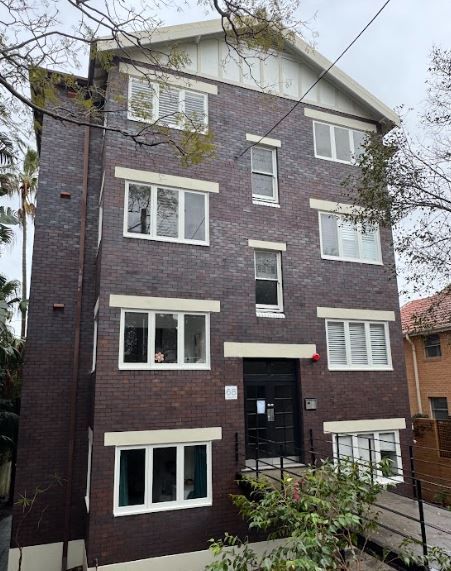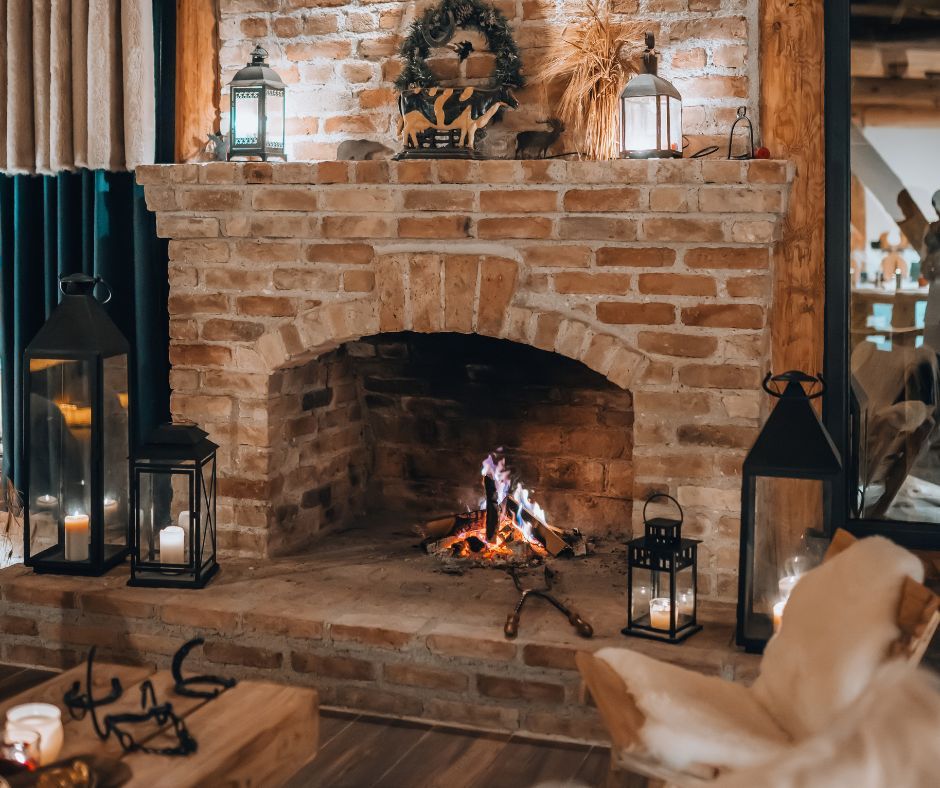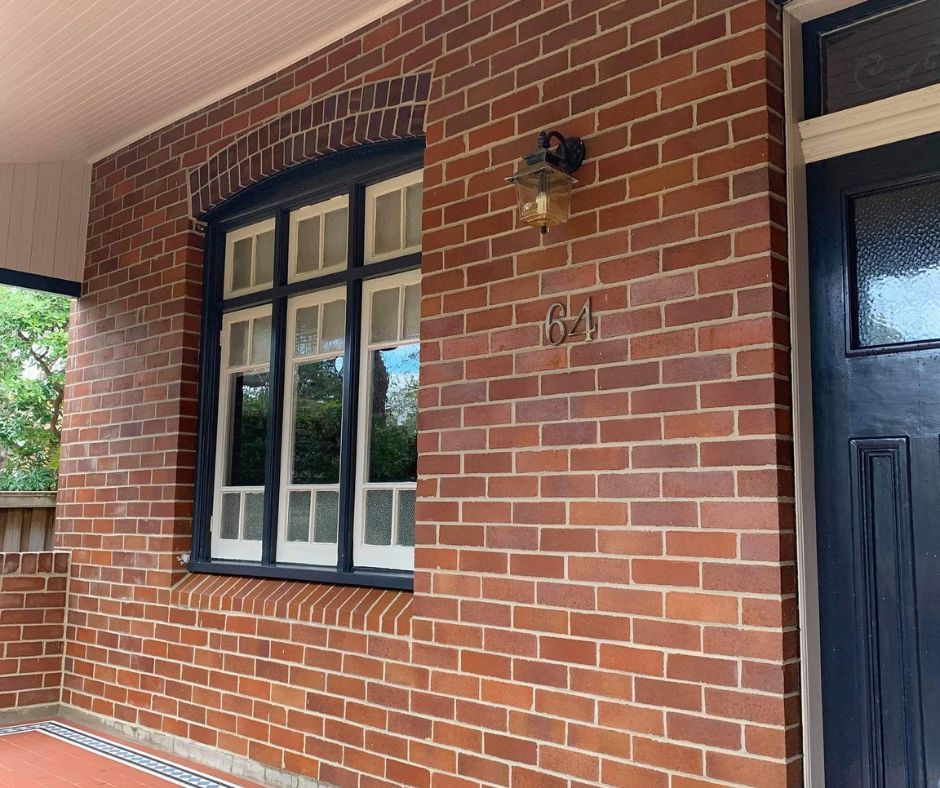What's the Difference Between Tuckpointing and Repointing?
If you're like most homeowners, you probably don't know the distinct differences between tuckpointing and repointing. And that's okay! Most people don't. But if you're thinking of having your house's masonry worked on, it's important to know what the differences are, so you can make an informed decision about which option is best for your home.
In this blog post, we'll break down the differences between tuckpointing and repointing so you can better understand which one might be right for you. But first, let’s get to know what mortar is.
What is Mortar?
Mortar binds all the materials of your masonry structures together. It is a mixture of sand, cement, and water and bonds bricks, stones, or other building materials together. It is applied between the joints of the masonry units to create a strong and durable structure.
Mortar is very sturdy and can last for a hundred years. However, it can deteriorate after some time (usually after 20-30 years). Factors like weather exposure (freeze-thaw cycles), settlement issues, age and wear, poor quality materials, and water transfer can lead to mortar degradation.
Recognising the
signs of your mortar deteriorating is crucial. When your brick wall needs repair, there are two common solutions: tuckpointing and repointing. But which is which? When do you use each of these repairs?

Main Differences Between Tuckpointing and Repointing
Tuckpointing and repointing are two very similar services that we offer here at Keystone Pointing. Both aim to repair old mortar joints by replacing the damaged ones with new mortar. They only vary in the process.
What is Repointing?
Repointing is simply the process of taking out the old, crumbling mortar and refilling it with fresh mortar. It’s important to note that the new mortar should look like the old one to prevent a mismatched look.
What is Tuckpointing?
Tuckpointing was first applied in the 18th century as a cost-effective way of replicating joint brickwork. However, unlike Repointing, Tuckpointing uses two contrasting colours of mortar to create the illusion of fine joints. It includes filling in the raked or cut mortar joints with a mortar that matches the colour of the masonry units, and then applying a thin line of contrasting mortar on top to simulate a thin joint.
Below is a more detailed comparison of the Repointing and Tuckpointing:
Use
Repointing generally focuses more on the repair of the brickwork itself, while Tuckpointing can be used for aesthetics. Tuckpointing costs more than repointing, but it can increase the value of your home by making it look better.
Materials Used
Repointing is done with a single colour of mortar (similar to the colour of the old mortar). Tuckpointing is done with two contrasting colours: one to match the bricks themselves (done in the repointing step), and the lighter coloured lime-putty that is cut over the top. This makes the mortar joints appear very thin and squared off instead of thick and uneven.
Time & Labour
Tuckpointing, with its dual-colour mortar and meticulous process, demands more time and labour. While repointing is still a big job, it is overall a less labour-intensive process that can be completed in a shorter period of time. Ultimately, the working hours will depend on the severity of the damage and the brickwork’s aesthetic goals.
Cost
Tuckpointing tends to be more expensive because of its use of additional materials and the meticulous application process. Repointing, on the other hand, is a more budget-friendly and practical option for addressing mortar issues.
When to Choose Repointing?
Damaged or broken bricks, gap between bricks, and interior wall cracks are just some of the signs that your home or building needs repointing. However, the decision to repoint completely depends on the extent of joint deterioration. If 10 to 50% of the mortar joints show signs of damage, it is advisable to repoint 50% of them. However, when more than half of your mortar joints are damaged, a complete repointing is a more comprehensive solution.
When to Choose Tuckpointing?
You might need to consider tuckpointing when you start noticing your brick or stone walls showing signs of wear and tear. Keep an eye out for cracks, gaps, or crumbling mortar between the bricks – these are clear signals that the mortar joints are deteriorating and may need attention. If your once-sturdy walls start looking a bit weathered or you notice any discoloration, that could be another sign that tuckpointing is in order.
Conclusion
So, what’s the difference? Tuckpointing is a more extensive process that rebuilds the mortar between bricks. Repointing is less time-intensive; it simply replaces the old mortar with new. You can think of Repointing as the first step in a Tuckpointing job.
Repointing is excellent for repair work. However, if you’re looking to give your brick work a step-up in appearance, Tuckpointing gives a much more attractive result.
If you’re not sure which option is best for your home, contact a professional for assistance. Keystone Pointing can help you decide if tuckpointing or repointing is the best option for your needs and budget.
Contact us today.
More Posts Like This:



